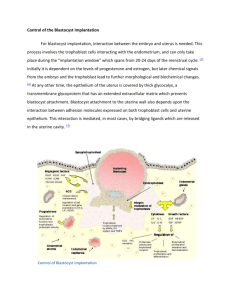Overview of human embryology
advertisement
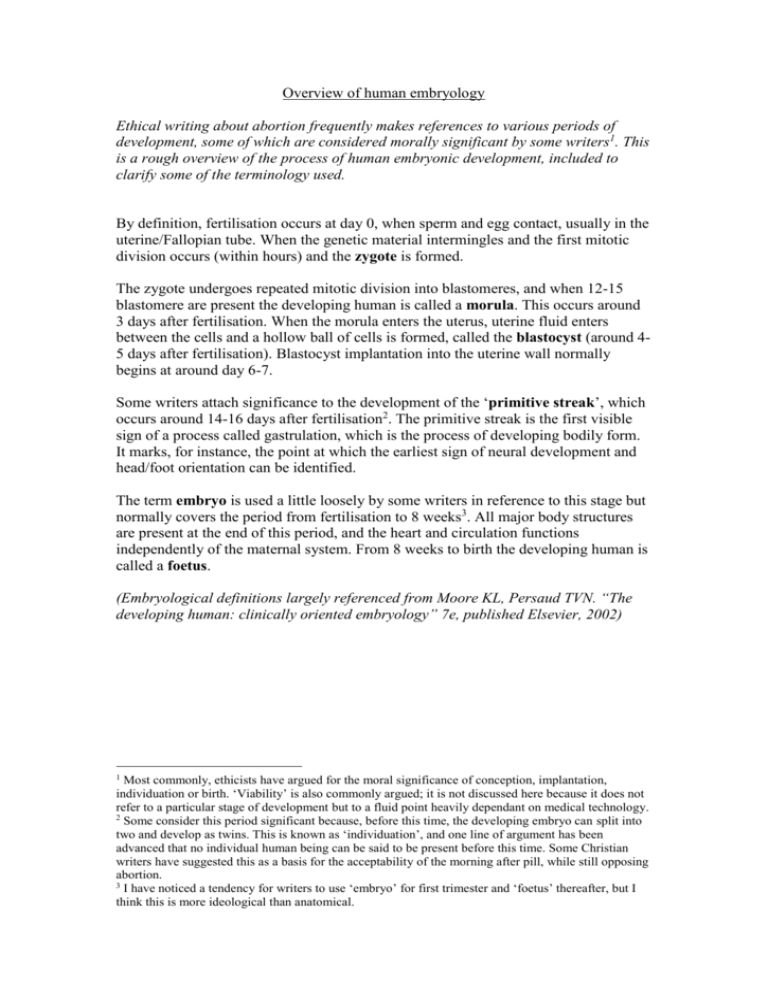
Overview of human embryology Ethical writing about abortion frequently makes references to various periods of development, some of which are considered morally significant by some writers1. This is a rough overview of the process of human embryonic development, included to clarify some of the terminology used. By definition, fertilisation occurs at day 0, when sperm and egg contact, usually in the uterine/Fallopian tube. When the genetic material intermingles and the first mitotic division occurs (within hours) and the zygote is formed. The zygote undergoes repeated mitotic division into blastomeres, and when 12-15 blastomere are present the developing human is called a morula. This occurs around 3 days after fertilisation. When the morula enters the uterus, uterine fluid enters between the cells and a hollow ball of cells is formed, called the blastocyst (around 45 days after fertilisation). Blastocyst implantation into the uterine wall normally begins at around day 6-7. Some writers attach significance to the development of the ‘primitive streak’, which occurs around 14-16 days after fertilisation2. The primitive streak is the first visible sign of a process called gastrulation, which is the process of developing bodily form. It marks, for instance, the point at which the earliest sign of neural development and head/foot orientation can be identified. The term embryo is used a little loosely by some writers in reference to this stage but normally covers the period from fertilisation to 8 weeks3. All major body structures are present at the end of this period, and the heart and circulation functions independently of the maternal system. From 8 weeks to birth the developing human is called a foetus. (Embryological definitions largely referenced from Moore KL, Persaud TVN. “The developing human: clinically oriented embryology” 7e, published Elsevier, 2002) 1 Most commonly, ethicists have argued for the moral significance of conception, implantation, individuation or birth. ‘Viability’ is also commonly argued; it is not discussed here because it does not refer to a particular stage of development but to a fluid point heavily dependant on medical technology. 2 Some consider this period significant because, before this time, the developing embryo can split into two and develop as twins. This is known as ‘individuation’, and one line of argument has been advanced that no individual human being can be said to be present before this time. Some Christian writers have suggested this as a basis for the acceptability of the morning after pill, while still opposing abortion. 3 I have noticed a tendency for writers to use ‘embryo’ for first trimester and ‘foetus’ thereafter, but I think this is more ideological than anatomical.
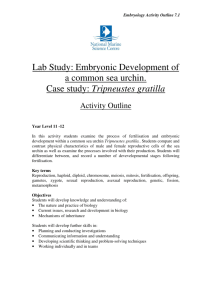

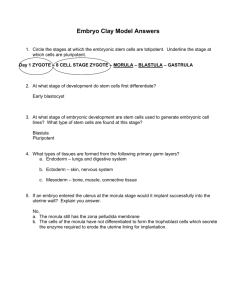
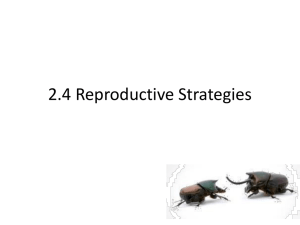
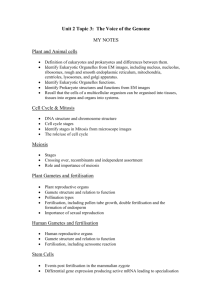
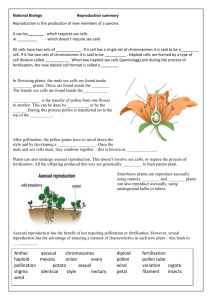
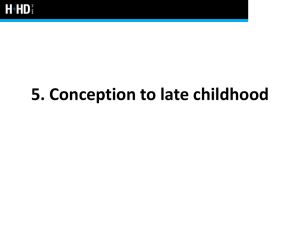
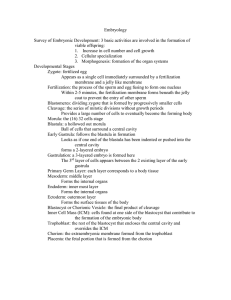
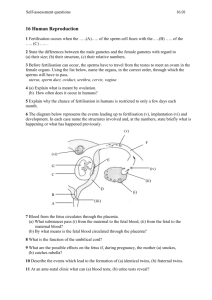


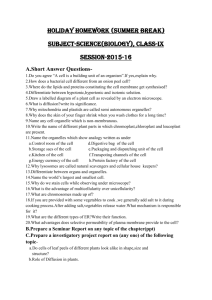
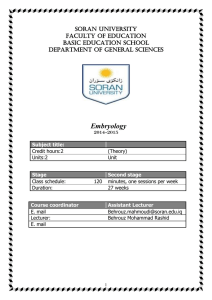
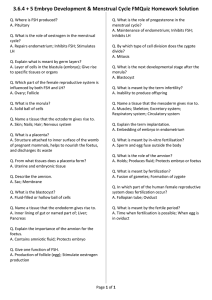
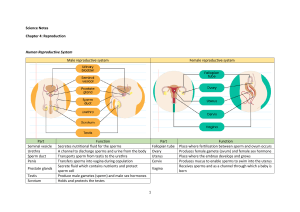
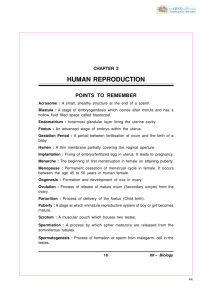
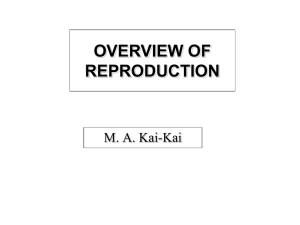
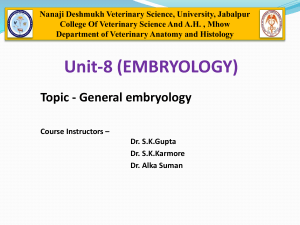
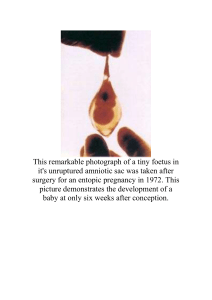
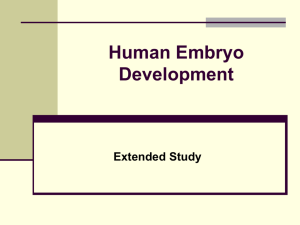
![[Policy on The Human Fertilisation and Embryology Bill]](http://s3.studylib.net/store/data/008607181_1-7b3bfe4b322df474a505bc21ee374687-300x300.png)
